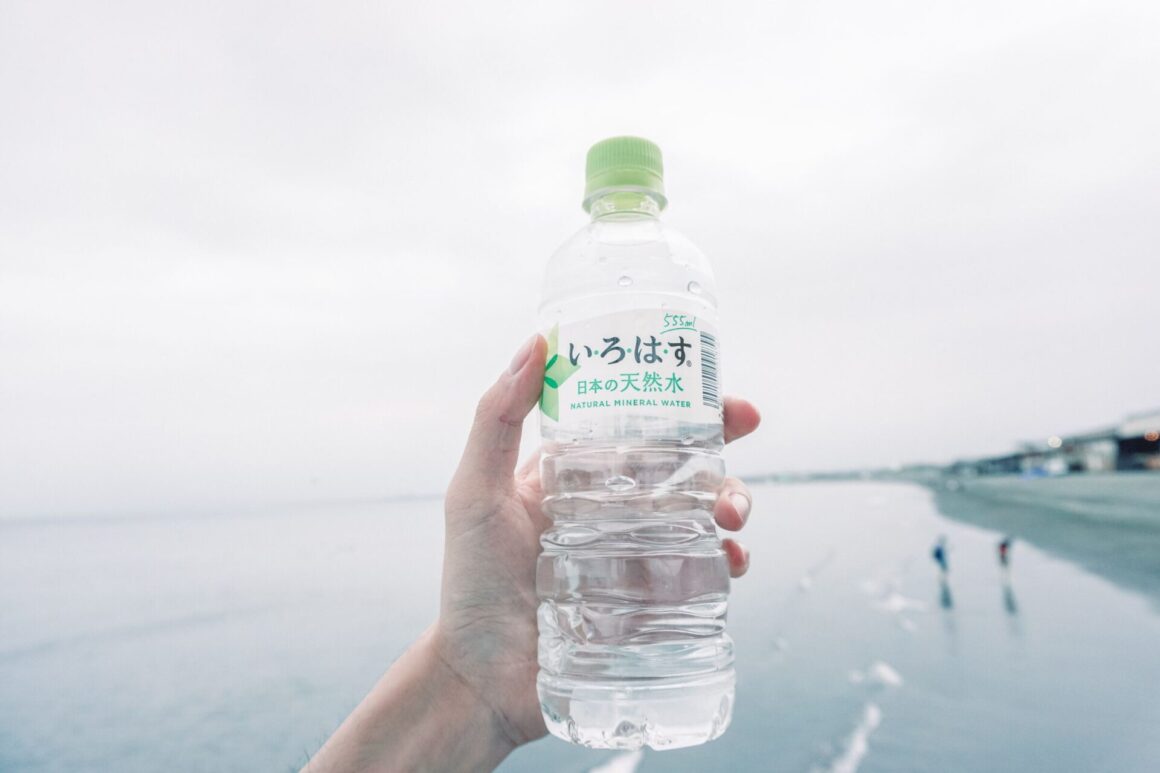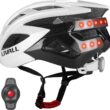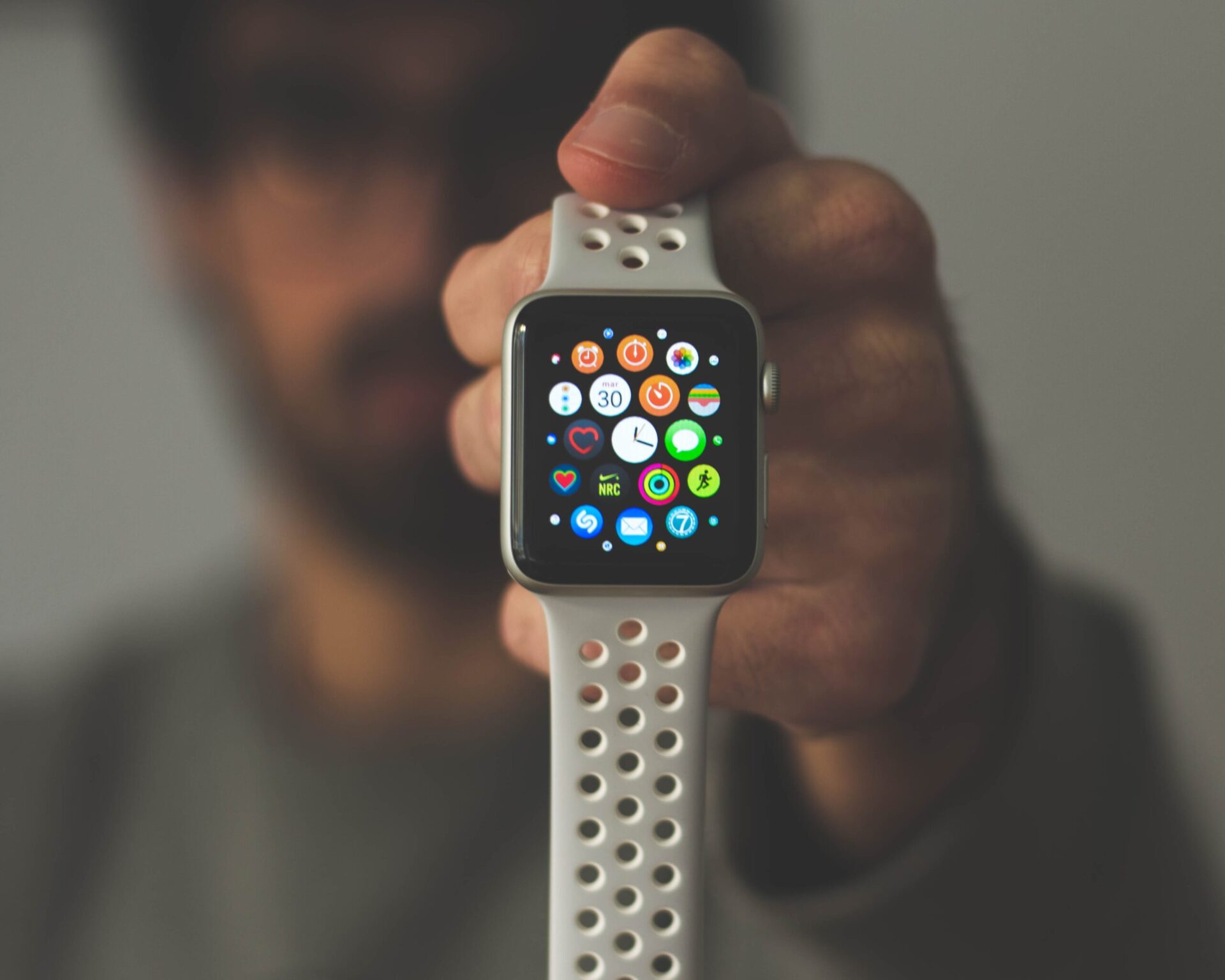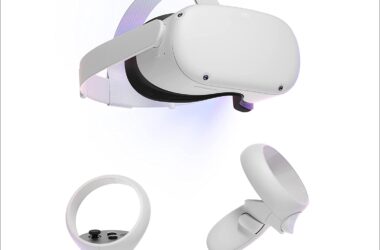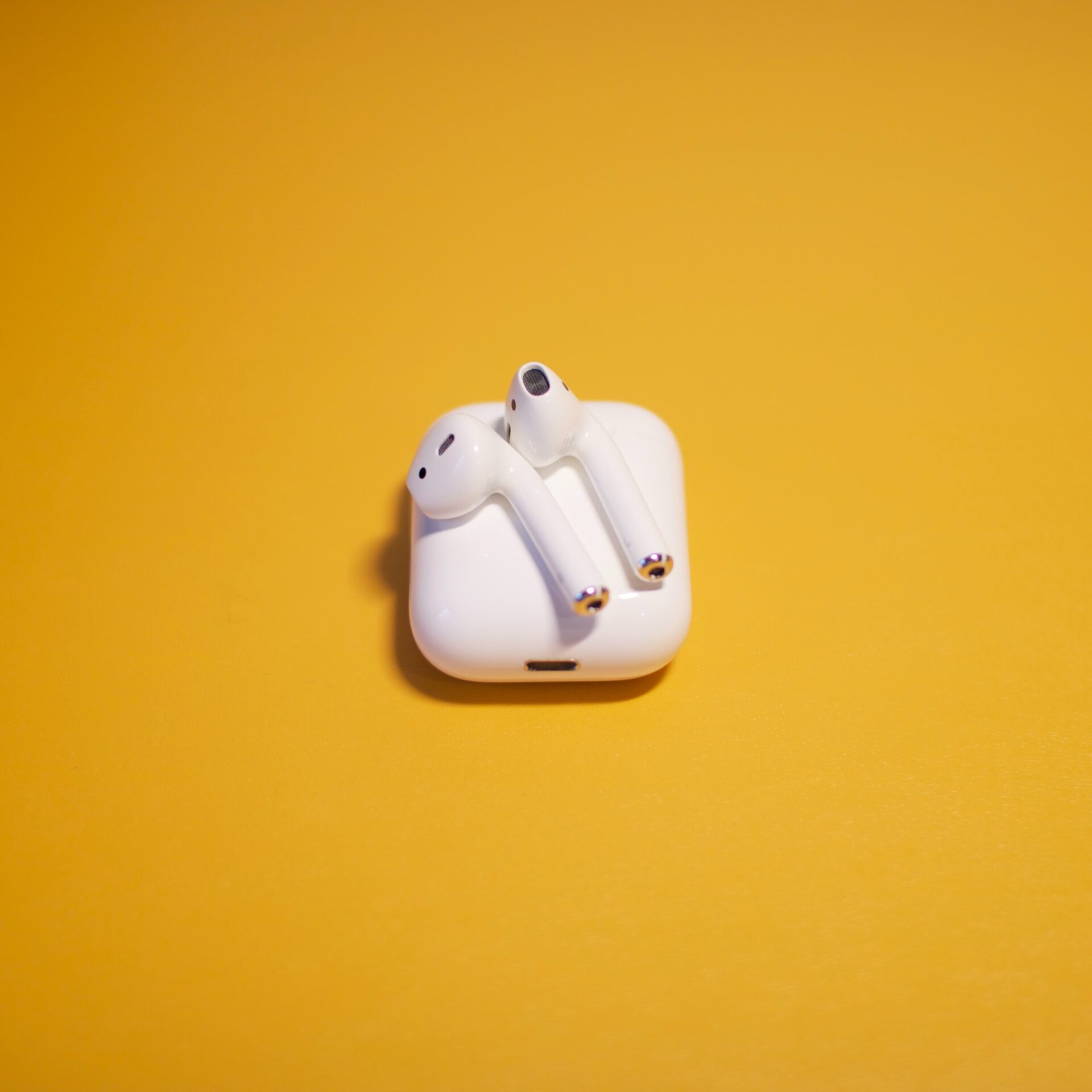Introduction
The rise of wearable technology has revolutionized our approach to personal wellness. From tracking our heart rate to our sleep patterns, these sophisticated devices are making it easier than ever to monitor our health. One aspect that’s been garnering attention recently is hydration tracking. As it turns out, wearable hydration trackers are game-changers for anyone serious about maintaining optimal hydration levels. So, let’s delve into the world of smart hydration monitors and their role in our everyday lives.
The Importance of Hydration
Before we discuss the best hydration trackers available, let’s understand why monitoring hydration levels is vital. Adequate water intake is crucial for our bodies to function properly. It aids in digestion, keeps our skin healthy, helps maintain our body temperature, and even promotes cardiovascular health. But how to track hydration accurately and efficiently? That’s where wearable hydration trackers come into play.
What is a Wearable Hydration Tracker?
A wearable hydration tracker is a sophisticated device designed to monitor your hydration levels and alert you when it’s time to take a drink. As the name suggests, these devices are often wearable and can be sported as wristbands, watches, or even attached to your clothing.
Staying adequately hydrated is crucial for our bodies to function properly, yet many people struggle to consume enough fluids each day. That’s where these devices come in, acting as a digital hydration assistant that brings your attention back to your hydration needs.
Features of a Wearable Hydration Tracker
- Hydration Monitoring: Using biofeedback and advanced sensors, wearable hydration trackers are able to estimate your hydration levels based on a variety of physiological parameters such as heart rate variability, skin temperature, and sweat rate.
- Hydration Reminders: Most of these devices can alert you when it’s time to drink water. These reminders can come in various forms such as vibrations, sounds, or even push notifications on your connected smartphone.
- Personalized Recommendations: Many advanced models can provide personalized hydration recommendations based on your individual needs. Factors like your age, weight, height, activity levels, and even environmental conditions can influence how much water you need to consume each day.
- Fitness Tracking: Some wearable hydration trackers also come with additional fitness tracking features. They can track your steps, monitor your heart rate, and even keep track of your sleep patterns. This makes them an all-in-one solution for individuals who are keen on monitoring multiple aspects of their health.
- Data Syncing: Most wearable hydration trackers have the ability to sync data with a companion app on your smartphone. This gives you the ability to analyze your hydration trends over time and adjust your drinking habits accordingly.
In today’s health-conscious world, wearable hydration trackers have emerged as a potent tool for individuals looking to optimize their hydration. Whether you’re a hardcore athlete, a fitness enthusiast, or someone simply looking to maintain better health, a wearable hydration tracker can be a valuable ally in your quest for improved wellness. With the technology continually advancing, these devices are becoming increasingly accurate, user-friendly, and customizable to individual needs.
How Does A Wearable Hydration Tracker Work?
At the heart of a wearable hydration tracker lies sophisticated technology and intelligent design. These wearable devices use biofeedback and various algorithms to accurately track your hydration levels. Here’s a step-by-step guide to understanding how these remarkable devices operate:
- Sensors: Most wearable hydration trackers come equipped with a range of sensors designed to monitor key biometrics. These may include heart rate sensors, skin temperature sensors, and perspiration sensors.
- Data Collection: The sensors continuously collect data throughout the day. For example, a heart rate sensor records your heart rate variability (the variation in the time interval between consecutive heartbeats), while the skin temperature sensor monitors changes in your body temperature. The perspiration sensor, on the other hand, measures your sweat rate and electrolyte loss. All this data is integral in estimating your hydration needs.
- Biofeedback: These trackers utilize the principle of biofeedback, which is the process of gaining greater awareness of many physiological functions of one’s own body. With biofeedback, wearable hydration trackers process the collected data to gain insights into your hydration levels.
- Data Analysis: The device’s software then analyzes the data using specific algorithms. These algorithms compare your data to established hydration benchmarks and determine if you’re adequately hydrated, dehydrated, or on the brink of dehydration.
- Hydration Alerts: If the tracker’s analysis finds that you’re not meeting your hydration needs, it sends a reminder or alert. This could be a simple buzz on your wrist, a flashing light, or even a notification on your paired smartphone.
- Hydration Recommendations: Some advanced wearable hydration trackers also provide personalized hydration recommendations. They calculate your ideal water intake based on factors like age, weight, height, activity level, and environmental conditions.
- Data Syncing: Lastly, most wearable hydration trackers can sync this data with an accompanying app on your smartphone or tablet. This allows you to track your hydration progress over time, adjust goals, and gain a better understanding of your body’s hydration needs.
It’s important to note that while wearable hydration trackers are useful tools, they should not replace medical advice or attention. Dehydration can be a serious condition, and if you’re consistently having trouble staying hydrated, it’s important to speak with a healthcare provider.
By understanding how a wearable hydration tracker works, you can leverage its full potential to maintain optimal hydration levels, whether you’re an athlete, a fitness enthusiast, or someone simply looking to improve your health and wellness. Hydration is a key pillar of good health, and with these innovative devices, it’s never been easier to ensure you’re drinking enough water throughout the day.
The Magic of Biofeedback
Biofeedback is the principle behind wearable hydration trackers. These devices monitor biometrics like heart rate, skin temperature, and perspiration levels to estimate your hydration needs. They can remind you to drink water before you even start feeling thirsty, making them a true biofeedback marvel in the realm of wearable technology for hydration.
5 Top Best Wearable Hydration Trackers
In the world of wearable technology, hydration trackers have emerged as a potent tool for promoting better health. With so many models available, choosing the right one can be overwhelming. To simplify your search, we have narrowed down the top five wearable hydration trackers in the market, taking into account their features, ease of use, and customer reviews. Here are our top picks:
- HydroBand Hydration Monitor: HydroBand has revolutionized the way we track our hydration with this intuitive and stylish device.
- Pros:
- Monitors hydration levels in real-time using biofeedback technology.
- Provides personalized hydration recommendations based on your activity and sweat levels.
- Sleek design makes it comfortable to wear throughout the day.
- Syncs with an accompanying app to help track hydration over time.
- Cons:
- It’s on the pricier side, making it a significant investment.
- The band’s battery life could be better; frequent charging may be necessary.
- Pros:
- AquaTrack Fitness Band: AquaTrack combines the best of fitness tracking and hydration monitoring into one compact device.
- Pros:
- Tracks heart rate, steps, and hydration levels simultaneously.
- Features a bright, easy-to-read display.
- Water-resistant, making it suitable for all types of workouts.
- Cons:
- Lacks a dedicated app for more detailed data analysis.
- May not be as accurate in its readings as some higher-end models.
- Pros:
- HydrateMe Smart Wristband: HydrateMe offers a comprehensive approach to hydration tracking, making it a popular choice among users.
- Pros:
- Provides timely reminders to drink water.
- Comes with a long-lasting battery life.
- Compatible with most smartphone models for easy data syncing.
- Cons:
- It lacks the ability to track other fitness metrics.
- The design may be bulky for users with smaller wrists.
- Pros:
- H2O Insight Wearable Monitor: The H2O Insight combines innovative technology with user-friendly features to make hydration tracking a breeze.
- Pros:
- Uses skin temperature and sweat sensors for accurate hydration readings.
- Integrates with most fitness apps for all-in-one wellness tracking.
- The lightweight design makes it comfortable for all-day wear.
- Cons:
- Initial setup can be complicated for less tech-savvy users.
- Priced higher than some other models on the market.
- Pros:
- SipSmart Hydration Tracker: If affordability is a priority, the SipSmart offers reliable hydration tracking without breaking the bank.
- Pros:
- Budget-friendly while still offering reliable hydration tracking.
- The band is adjustable and comfortable for long-term wear.
- Provides basic fitness tracking in addition to hydration monitoring.
- Cons:
- Lacks advanced features like personalized hydration recommendations.
- The accompanying app is limited in its capabilities.
- Pros:
Each of these wearable hydration trackers has its strengths and weaknesses, but they all share the same goal: to help you stay hydrated. Whether you need an advanced tracker with multiple features or a simple and affordable device, there’s a hydration tracker out there to meet your needs.
Conclusion
Navigating the realm of personal wellness can often feel like a daunting task, especially with the myriad of health gadgets available in the market today. However, as we have discovered, wearable hydration trackers are an invaluable asset in our quest for improved health and wellness.
These innovative devices, powered by biofeedback and advanced algorithms, offer us real-time insights into our body’s hydration needs. They go beyond simply reminding us to drink water. Instead, they analyze our individual data, provide personalized hydration recommendations, and help us understand our body’s needs better.
Whether you’re an athlete seeking optimal performance, a health-conscious individual aiming for balanced wellness, or someone just looking to drink more water, there’s a wearable hydration tracker out there for you. From the HydroBand Hydration Monitor’s real-time biofeedback to the SipSmart’s budget-friendly yet reliable hydration tracking, we’ve explored an array of devices, each with unique features to cater to different needs and budgets.
As we step further into the digital age, technology continues to revolutionize how we approach health and wellness. Wearable hydration trackers are but a single facet of this ever-evolving field, merging science and innovation to guide us towards better hydration habits and, by extension, healthier lives.
Remember, staying hydrated is fundamental to maintaining good health. These smart devices, with their incessant reminders and personalized suggestions, are there to ensure we’re all drinking enough water each day. So, stay hydrated, stay healthy, and embrace the journey of wellness with the help of your digital hydration assistant by your side!
Thank you for joining us on this exploration of wearable hydration trackers. We hope this guide has offered you valuable insights and assisted you in your decision-making process. Keep an eye on this space for more in-depth reviews and the latest updates in the world of wearable tech and wellness.
Stay tuned, stay informed, and most importantly, stay hydrated!




